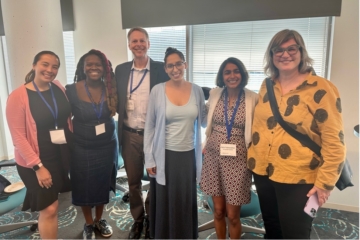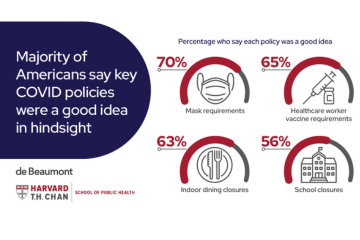The public health workforce plays a vital role in improving the health of communities, but do they have the skills and support they need to succeed?
On July 10 at the annual meeting of the National Association of County and City Health Officials (NACCHO), de Beaumont Foundation CEO Brian C. Castrucci previewed the findings of a new national survey of the public health workforce. The Public Health Workforce Interests and Needs Survey (PH WINS), first launched by the de Beaumont Foundation and the Association of State and Territorial Health Officials (ASTHO) in 2014, reveals concerning trends but also opportunities to build the workforce of the future.
“Public health workers influence all parts of the public health system,” Castrucci said. “They manipulate inputs, develop processes, deliver system outputs, and significantly impact the health of the communities that they serve. But we are not doing enough to ensure that we have a strong public health workforce.”
After administering the survey among all states and a pilot of local health departments in 2014, the de Beaumont Foundation and ASTHO created the first nationally representative sample of local health professionals in this latest survey.
The data will be released in the fall, but several themes have emerged from the data from local health departments:
- A large percentage of the public health workforce plans to leave their job by 2023. While some of them expect to find another job in government public health, a large majority may leave the field entirely.
- Two of the main reasons people plan to leave are compensation and a lack of opportunity to advance. Fewer than half the employees said creativity and innovation are rewarded.
- A large majority of public health workers believe they should be involved in addressing health equity, but fewer think they should be involved in the areas that really drive health disparities, such as the economy, transportation, housing, and education.
- Public health executives believe it’s important to influence policy, but few feel equipped to do so.
Castrucci said, “As the CEOs of our nation’s local health departments, you have the development of the workforce in your hands.” He encouraged local officials to consider conducting their own survey and comparing themselves with the national benchmark or to share and discuss the national findings with their staff and find ways to strengthen their teams.
We look forward to sharing the complete state and local findings in the fall.




